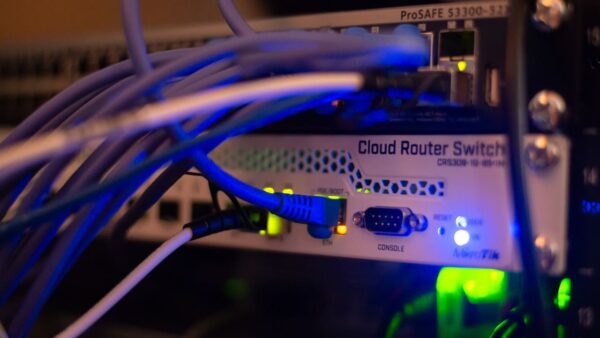✅ Last checked on
In our interconnected world, a well-functioning network is the backbone of any organization. Whether you’re managing a small business or overseeing a vast corporate infrastructure, knowing how to monitor and optimize your network is essential.
This comprehensive guide will walk you through the intricacies of network optimization, providing expert insights, practical tips, and answers to common questions.
How to Monitor and Optimize Your Network

Network Monitoring: The Key to Efficiency
Effective network monitoring is the foundation of optimization. By keeping a close eye on your network’s performance, you can detect issues early and prevent downtime. Here are some key aspects to consider:
- Real-time Monitoring: Implement real-time monitoring tools to track network traffic, bandwidth usage, and device performance.
- Proactive Alerts: Set up alerts to notify you of unusual network behavior, helping you address issues before they escalate.
- Historical Data Analysis: Use historical data to identify trends and plan for future network growth.
Network Optimization Strategies
Optimizing your network involves enhancing its speed, reliability, and security. Let’s delve into strategies for achieving these goals:
- bandwidth Management: Allocate bandwidth effectively, ensuring critical applications have priority.
- Load Balancing: Distribute network traffic evenly across multiple servers to prevent congestion.
- Security Measures: Implement robust firewall and intrusion detection systems to safeguard your network.
- Quality of Service (QoS): Prioritize network traffic based on importance, guaranteeing optimal performance for critical applications.
Hardware and Software Considerations
The hardware and software you choose play a significant role in network optimization. Consider the following:
- Up-to-Date Equipment: Invest in modern routers, switches, and servers to take advantage of the latest networking technologies.
- Regular Updates: Keep your network’s software, including operating systems and security patches, up to date to protect against vulnerabilities.
Network Monitoring Tools
Selecting the right monitoring tools is crucial. Here are some popular options:
- Nagios: A powerful, open-source tool for monitoring network and host resources.
- SolarWinds: Offers comprehensive network monitoring and alerting capabilities.
- Wireshark: A network protocol analyzer for in-depth packet inspection and troubleshooting.
Implementing Network Policies
Establishing clear network policies is essential for consistency and security:
- Access Control: Define who can access the network and what resources they can use.
- Password Policies: Enforce strong password requirements to protect against unauthorized access.
- Data Encryption: Ensure data transmission is secure through encryption protocols like SSL/TLS.
Frequently Asked Questions (FAQs)
How often should I monitor my network?
Regular monitoring is crucial. Real-time monitoring should be continuous, while in-depth analysis can be done weekly or monthly.
What’s the ideal bandwidth allocation for my network?
The ideal allocation varies depending on your needs. Critical applications may require a larger share, while non-essential services can have less.
How can I detect network security threats?
Utilize intrusion detection systems (IDS) and regularly review logs for unusual activity.
Are there free network monitoring tools available?
Yes, some open-source tools like Nagios and Wireshark offer robust features for free.
What’s the role of network segmentation?
Segmentation enhances security by isolating different parts of your network, limiting the spread of potential threats.
How do I optimize network performance for remote workers?
Consider a Virtual Private Network (VPN) and prioritize traffic for essential remote applications.
Conclusion
In today’s digitally connected world, knowing how to monitor and optimize your network is paramount. By implementing effective monitoring, optimization strategies, and best practices, you can ensure your network operates efficiently and securely.
Don’t wait until issues arise; start optimizing your network today to stay ahead of the curve.